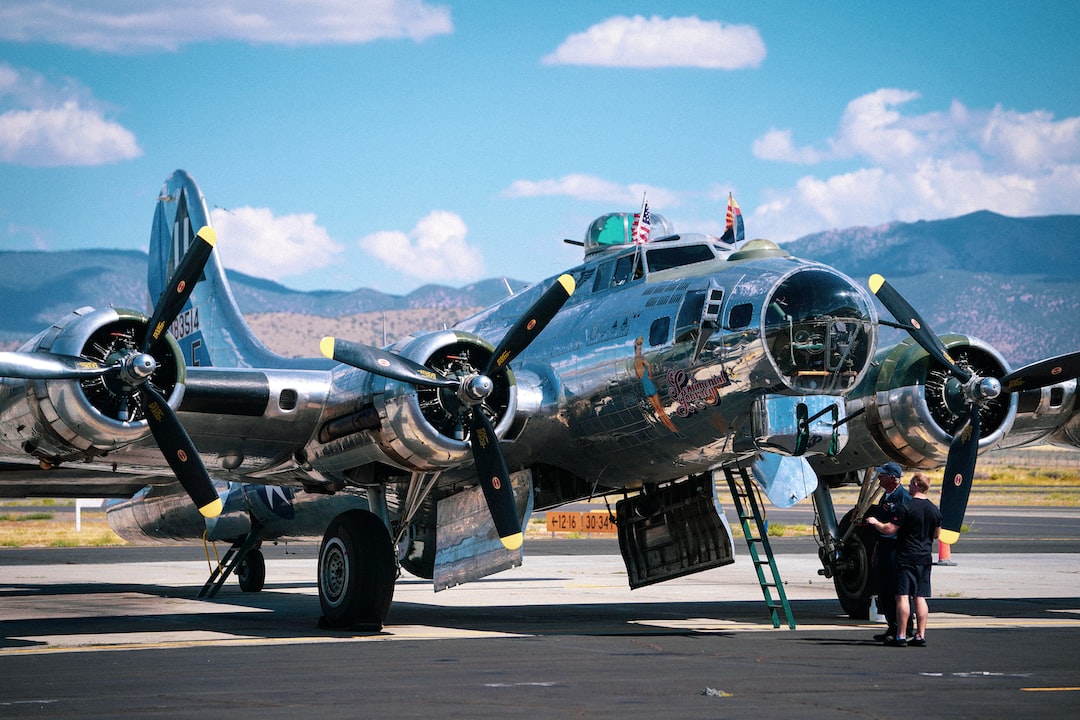The Evolution of Drones: From Hobbyists to Commercial Applications
Over the years, drones have witnessed a remarkable evolution in their usage, moving from their origins as mere hobbyist gadgets to becoming indispensable tools in a wide range of commercial applications. This transformation has been greatly facilitated by advancements in technology and the ever-growing demand for more efficient and innovative solutions.
Drones, also known as unmanned aerial vehicles (UAVs), were initially developed for military purposes. However, with the introduction of consumer-friendly models and the decreasing costs of production, they quickly gained popularity among hobbyists. These early adopters recognized the potential of drones for aerial photography, videography, and even racing. As a result, manufacturers began focusing on developing smaller, more affordable models that were accessible to a broader range of enthusiasts.
As the technology continued to improve, drones started to find their way into various commercial sectors. One particular application that stands out is in the field of agriculture. Drones equipped with advanced sensors and imaging systems can collect data about crop health, water levels, and soil conditions, enabling farmers to make informed decisions and optimize their yields. In this context, the widespread adoption of drones has led to increased efficiency and reduced costs for farmers, while also minimizing the environmental impact caused by traditional farming practices.
Another industry that has greatly benefited from drones is the construction sector. Traditionally, surveying large construction sites involved significant time and manpower. However, the introduction of drones has revolutionized this process, allowing for more accurate and efficient data collection. Drones can quickly capture aerial images, create 3D models, and generate high-resolution maps of construction sites. Moreover, drones equipped with flight simulator experience can help train new pilots and ensure safe and efficient flight operations on construction sites.
The use of drones in the delivery and logistics sector is also gaining traction. Companies like Amazon are exploring the possibility of using drones for package delivery, which could significantly reduce delivery times and costs. Similarly, drones have proven to be valuable in disaster response and humanitarian aid efforts, as they can reach inaccessible areas and provide crucial supplies to those in need.
To keep up with the increasing demand for skilled drone operators, flight simulator experience has become an essential training tool. A flight simulator experience allows aspiring drone pilots to gain practical knowledge and skills in a safe and controlled environment. Simulators can replicate various flight scenarios and conditions, helping pilots understand how to handle different challenges they may encounter while operating a drone.
In conclusion, drones have come a long way since their inception as hobbyist gadgets. They have transformed multiple industries, including agriculture, construction, and logistics, by providing efficient and innovative solutions. Moreover, with the integration of flight simulator experience, the training of drone operators has become more accessible and effective. As technology continues to advance, the possibilities for drones in commercial applications are limitless, and their role in shaping various sectors will undoubtedly continue to evolve.

